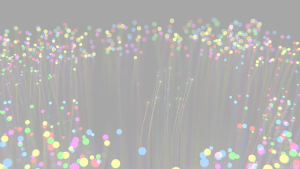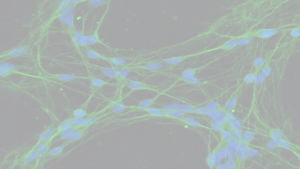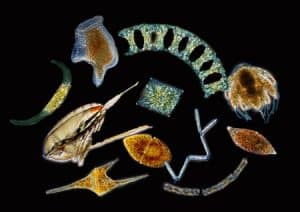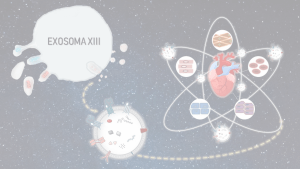There is no such thing as a perfect relationship. Regardless how much you like the other person, it is always a matter of adjusting and adapting. And you wonder: would not it be great to find the one who suits you perfectly, who shares your same tastes and needs? Maybe it might sound weird, but that’s my experience with cell biology.
Over the years, I have learned to appreciate the cell lines I work with and to discover that they have an amazing personality. They can survive on their own in strange environments, and if you add them a few nutrients and treat them with love, they will work hard to behave like that traveling companion you want. Although, like people, they also have their limitations and that create frustrations. Frustrations that a real couple can overcome, but that were very difficult for me to accept in some cell cultures.
That’s why I opted for synthetic biology. I often define synthetic biology as the field that incorporates genetic circuits in cells to get them to do things they would normally never do. In other words, I try to convince that person who is cheerful, fun and intelligent, to be also able to do something that is not in his nature, such as doing the dishes before dirty glasses pile up in the sink. And how do I do it? Well, synthetic biologists have a lot of information about genes thanks to the Human Genome project. Let me explain: just as a computer’s language is composed exclusively of zeros and ones, and the Spanish alphabet by 27 letters, the human genome is written with 4 letters: ATCG. A very long message formed by these 4 letters is stored in the form of chromosomes. Chromosomes are made up of genes, each of which carries the information needed to make a protein. We could say that the letters of the DNA are like the letters of the alphabet, and the genes are like the words. By learning to read this message, scientists discovered that they were able to understand part of their meaning in the same way that historians learned to decipher Egyptian symbology.
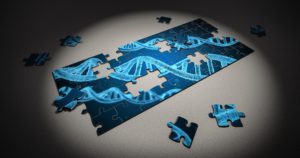
DNA puzzle
Once we know what small part of the genome can be translated into a gene, we can start writing our own messages. For example, if we know that a piece of the gene encodes an adhesion molecule (a protein that is anchored to the cell membrane and that allows cells to adhere to each other and to communicate), we can introduce this protein in a cell in a synthetic way so that it produces more of it. And what would be the result? Well, all the cells that incorporate this gene are suddenly very friendly and want to be together. It is also possible to add a gene that induces cell death and to make it inducible only in the presence of a drug. In this way we can get rid of those cells at a desired time. The applications of this technology are very diverse. In my case, I use synthetic biology to have a better understanding of cellular and molecular biology. I would like, for example, to prove Alan Turing’s theory which explains how black and white striped patterns originate in zebras by recreating these patterns in cells. I also would like to be able to reproduce at some point the way cells communicate and self-organize to form tissues and organs.
In addition, synthetic biology has also developed therapies that treat several diseases. For example, cells can be engineered to detect blood glucose levels and respond by adjusting the body’s insulin levels. Engineered cells can also detect infections caused by antibiotic-resistant bacteria (commonly found in hospitals) and react to them by producing toxic substances. Although these experiments are currently tested only in animals, I envision that in the not too distant future we will benefit from these advances.
I hope that you now understand why I dedicate myself to my research field, and above all, why I love it!
Post by Alazne Dominguez, postdoctoral researcher at the Centre for Mammalian Synthetic Biology, University of Edinburgh. Scotland SKUK constituency.

